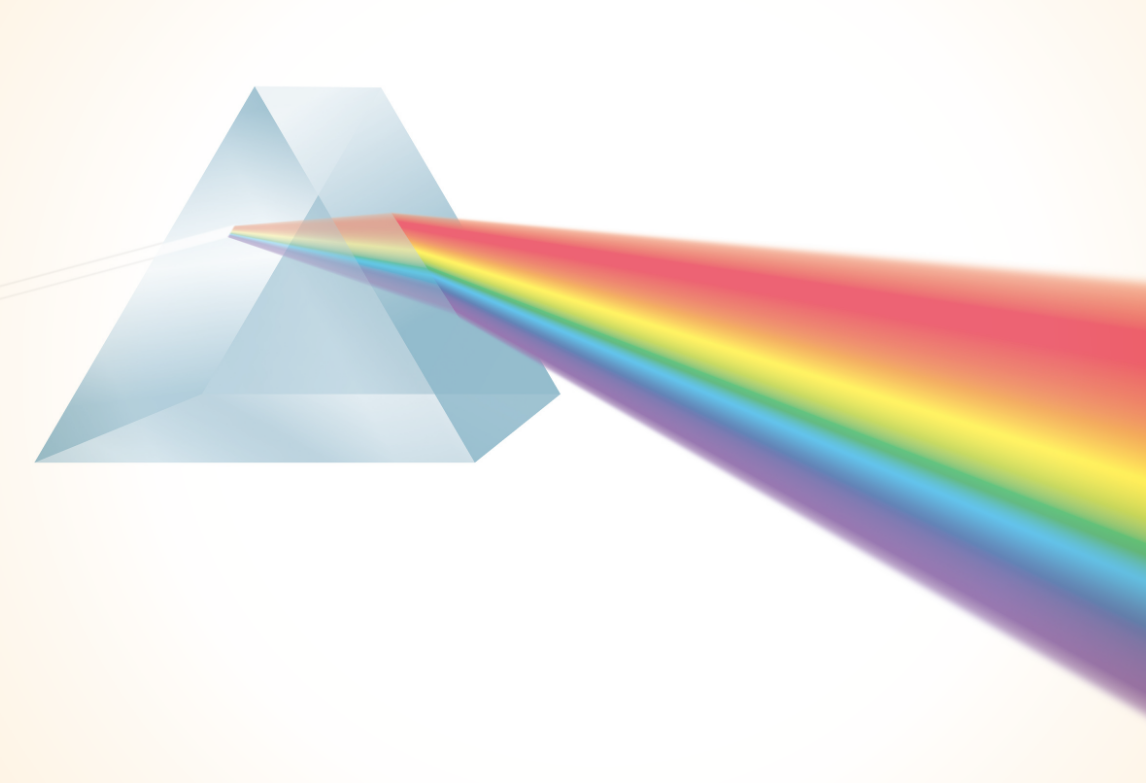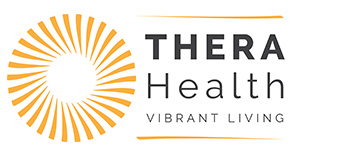With the increasing presence of screens in our lives, our constant exposure to blue light has risen dramatically. But what is blue light and why is it a concern? In today’s blog, we discuss the answers to all these questions and more. Light is much more complex than you might think. When you step outside during daylight, flip on a wall switch, or stare at a computer screen or TV, the light you see is actually composed of a wide range of different kinds of light, all of which can affect your eyes, skin, and overall health.
About one-third of all the visible light we see is blue light. And while exposure to blue light (and sunlight in general) is actually essential for health, too much blue light can be harmful.
WHAT IS BLUE LIGHT?

What we call “light” is, in fact, a full spectrum of red, orange, yellow, green, and blue light rays. Light rays on the red end of the visible light spectrum have the longest wavelengths and contain the least energy, whereas light rays on the blue end of the spectrum have the shortest wavelengths and contain the most energy.
Ultraviolet light rays have even higher energy than visible blue or violet light, and that’s why these rays are capable of producing changes in our skin that can cause both sunburn and vitamin D production.
Sunlight is a primary source of blue light, but there are also other significant sources of blue light, including fluorescent and LED lights; flat-screen televisions; and the display screens of computers, e-readers, smartphones, and other digital devices.
Due to the high energy and short wavelengths of blue light rays, they scatter more easily than other colours of sunlight when they collide with molecules in the atmosphere. This scattering of blue light rays is what makes the sky look blue on a clear day.
BLUE LIGHT AND YOUR EYES
The same reason that blue light scatters more easily in the atmosphere—its high energy and short wavelengths—is also what makes it hard on your eyes. Blue light’s energetic wavelengths make it difficult for your eyes to focus. In the short term, this “visual noise” can contribute to digital eye strain and fatigue.
In the long term, blue light carries other potential risks for your eyes. The outer parts of your eyes (specifically, the cornea and lens) are good at blocking UV rays from reaching the retina at the back of your eyes, even without sunglasses. But when it comes to blue light, your cornea and lens are simply not very effective at blocking it, and it penetrates much deeper into your eyes. Nearly all of the blue light you see passes through your cornea and lens to reach your retina. This is important because studies have shown that blue light exposure can damage the light-sensitive cells of your retina.
Nowadays, the potential risks of blue light have been getting more attention because of the proliferation of digital devices. The ever-increasing amount of time most of us spend using these devices, and the proximity of these screens to our eyes, have raised concerns about the possible long-term effects of this additional exposure on eye health.
On the plus side, blue light is known to boost alertness, cognitive function, and mood. In fact, blue light is used in light therapy to treat Seasonal Affective Disorder (SAD). It also plays important roles in regulating circadian rhythm, our natural sleep-and-wakefulness cycle.
Researchers have yet to determine how much blue light is too much for optimal eye health. However, being proactive and utilising well-established nutrients for eye health can definitely go a long way towards supporting your eye health regardless of the light they are exposed to. Such nutrients include lutein, zeaxanthin, and omega-3s EPA and DHA.
NUTRIENTS FOR EYE HEALTH
The most important nutrients for protecting your retina, in particular, are the carotenoids lutein and zeaxanthin.* They are the only carotenoids found in the eye, specifically in the area of the retina called the macula, which is the area susceptible to the greatest amount of light-induced damage. Together, lutein and zeaxanthin form a protective layer in the macula, and increased consumption of these nutrients is associated with increased thickness and density of that protective layer.*
Lutein and zeaxanthin benefit your eyes and vision in two ways: As filters that absorb blue light and thus prevent it from reaching your retina; and as antioxidants specific to the eye, scavenging free radicals and protecting your eyes and vision from oxidative damage.* Dark leafy greens like kale and spinach are excellent dietary sources of lutein.

Omega-3s are essential fatty acids naturally found in high concentrations in your eyes, where they provide crucial support for healthy eyes and vision.* The human retina, in particular, contains more omega-3s (and especially more omega-3 DHA) relative to other tissues and organs; in fact, DHA has been reported to contribute 50-70% of the fatty acids present in the segments of the retina that contain your eyes’ photoreceptors. Adequate intake of omega-3s ensures that your retina and eyes have the essential fatty acids they need for optimal health and function.*
But since our bodies don’t make them, they must be consumed through diet or supplementation.
In addition to protecting your eyes from the inside with essential nutrients, you can also use physical filters that attach to your computer screen to limit the amount of blue light emitted. Of course, cutting down your screen time is another way to limit your exposure to blue light. Giving your eyes a break now and then can be a proactive step towards lifelong eye health.
TERRA LYNN
CONTRIBUTING WRITER
Terra is a regular contributor to the Naturally Speaking blog, and a former marketing writer at Nordic Naturals. She has been writing for the natural products industry for nearly a decade, and revels in providing resources to help people make informed decisions about health, nutrition, and sustainable living. In her former life, Terra was a university instructor and academic researcher. Her daily passions include tending her native plant garden, reading, and hanging out with her dogs.








Leave a Reply
Want to join the discussion?Feel free to contribute!